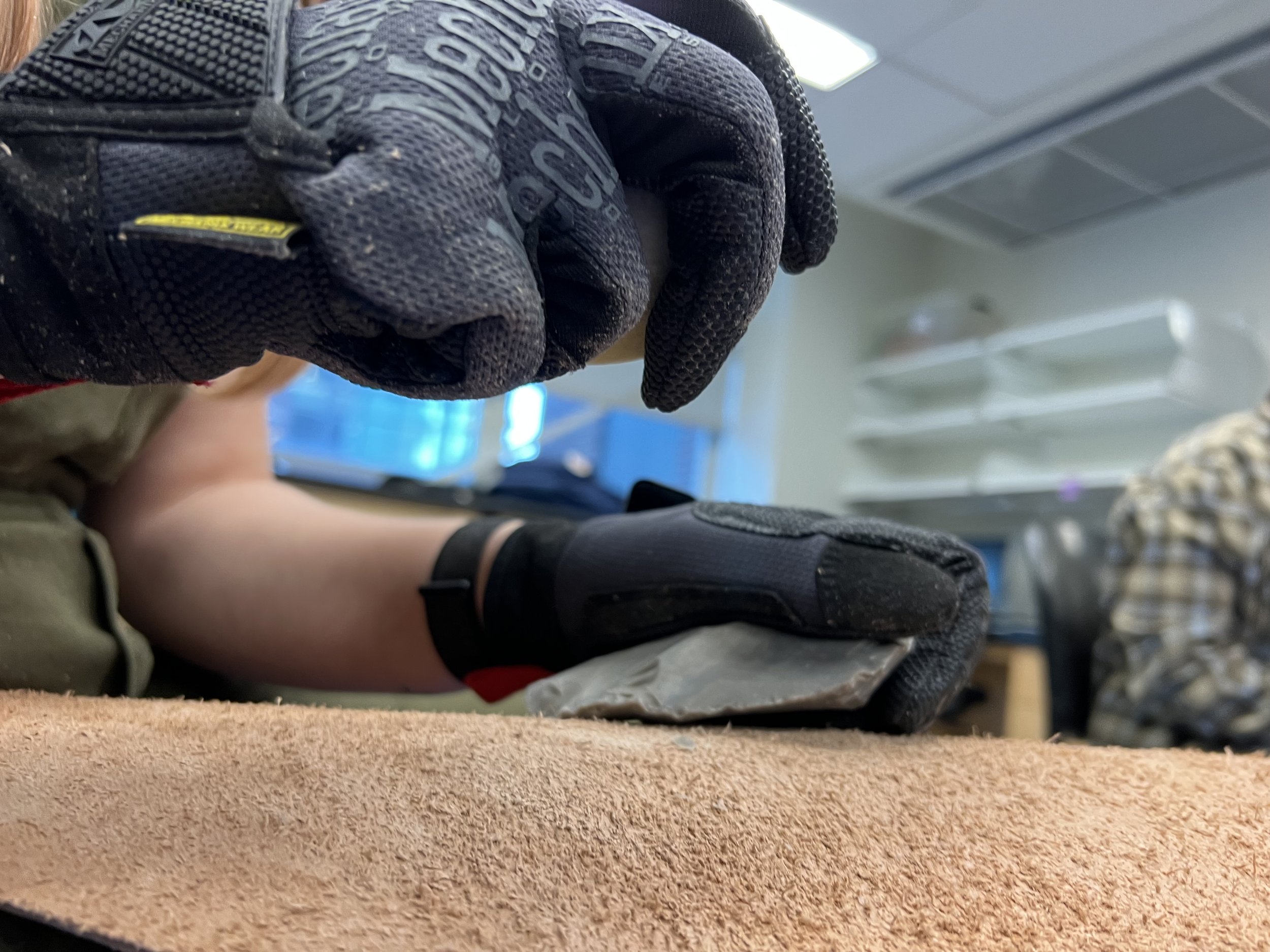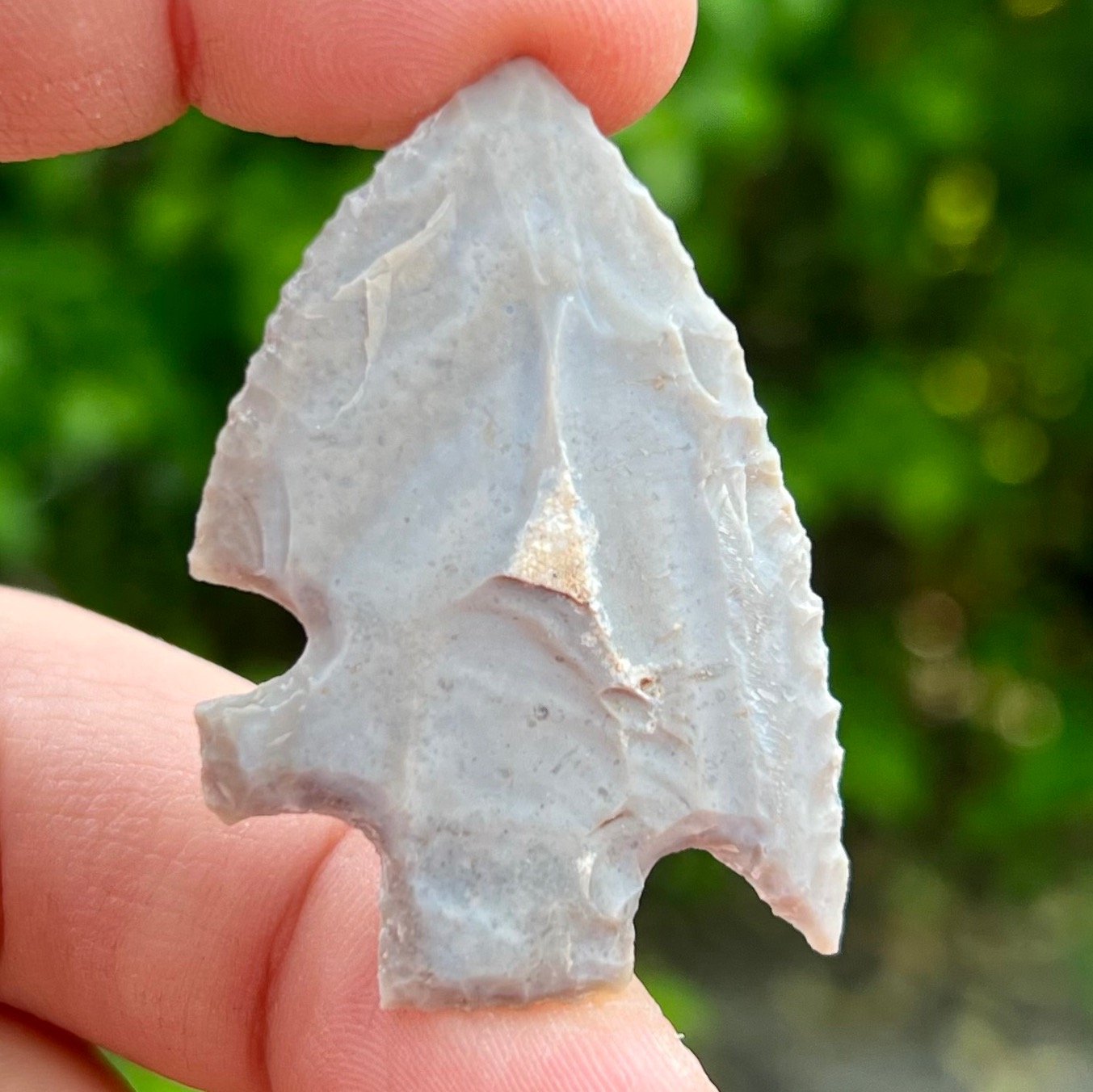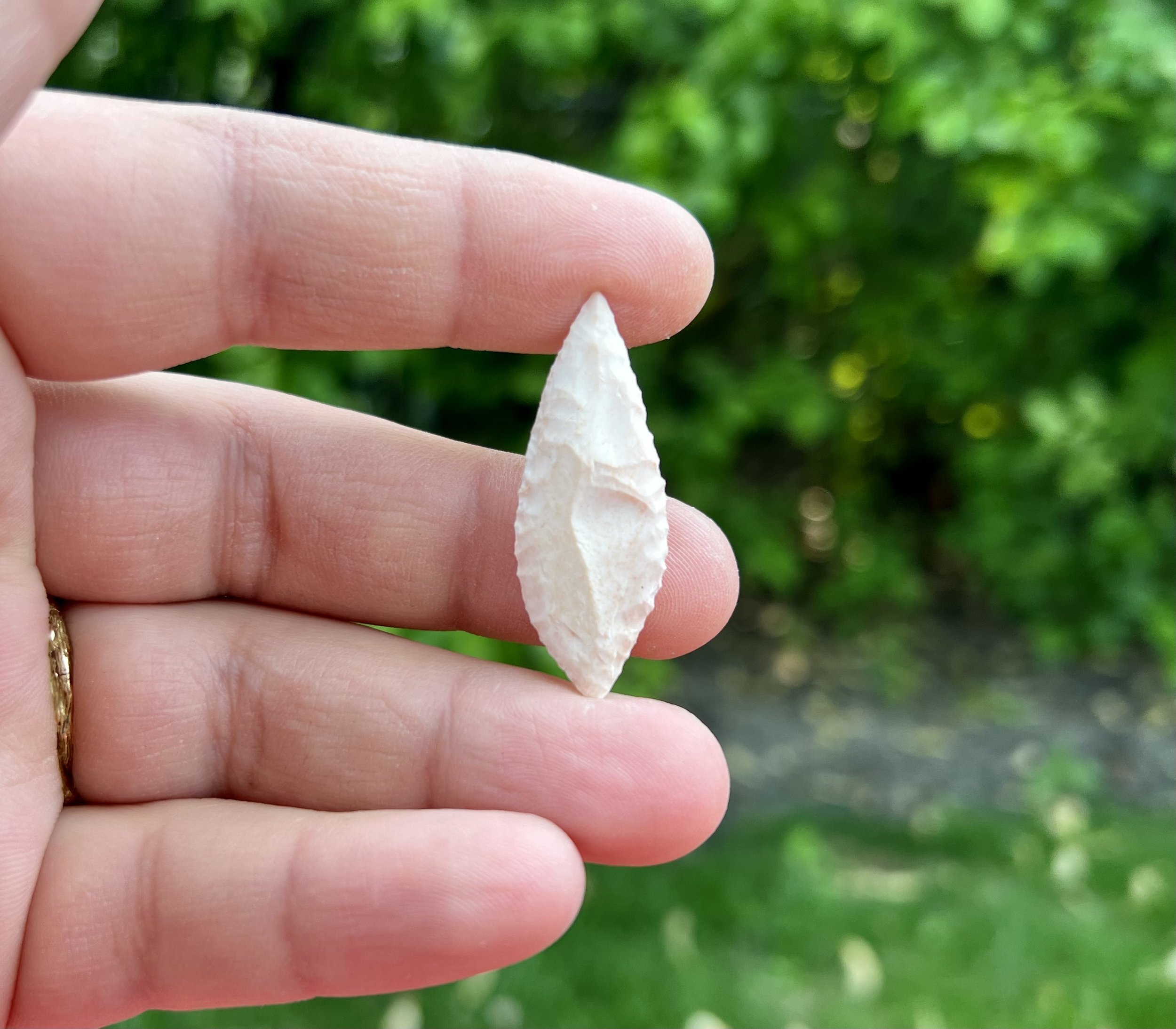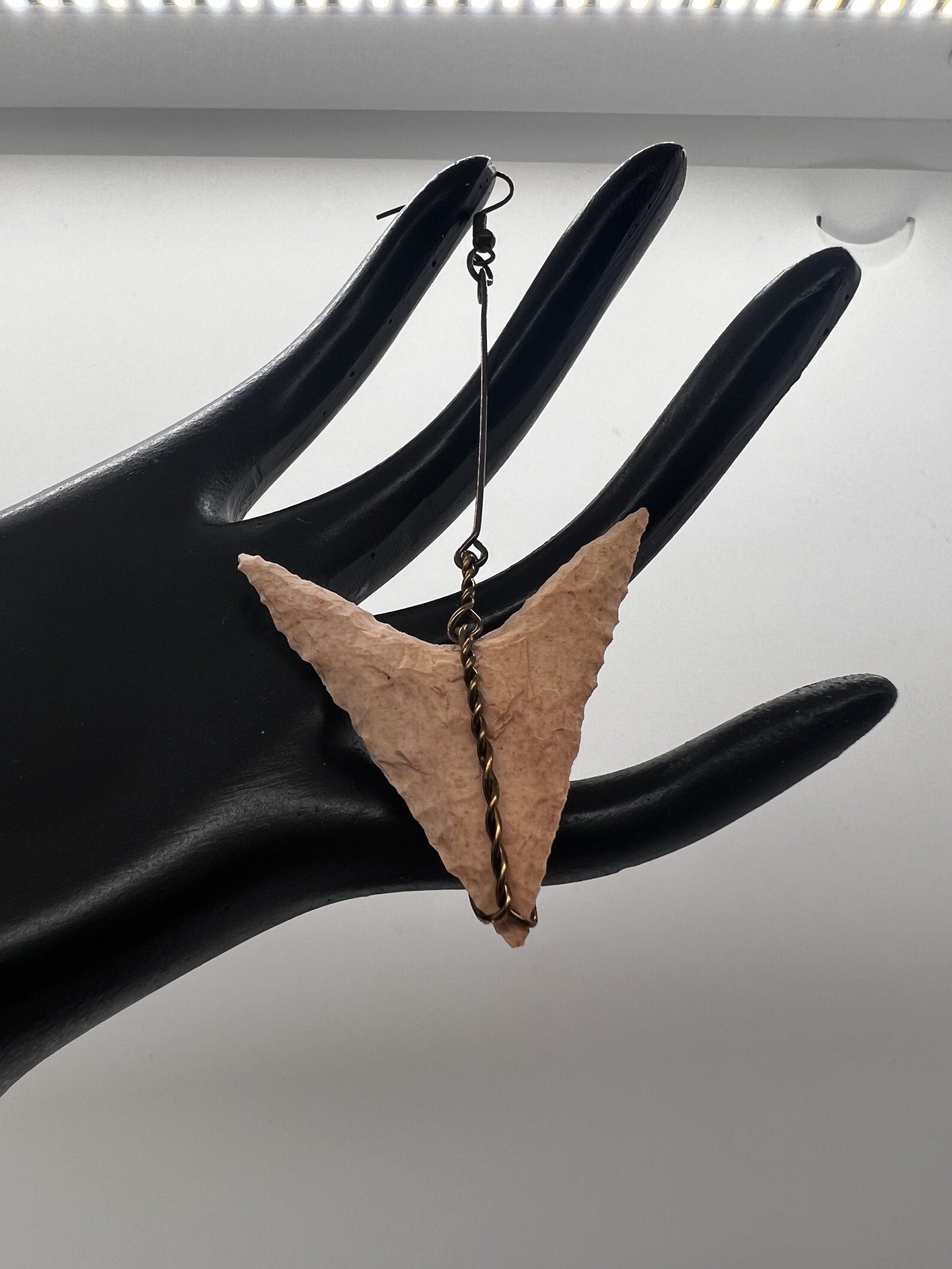
Three million years
of innovation across six
continents; an art today lost into the past.
The practice known as Flint Knapping (aka Flintknapping, Stone Chipping and Lithic Knapping) uses predictive flaking and grinding of rocks to produce functional and aesthetic tools. Our ancestors were artists able to understand and predict their actions to the most minute physical interaction between bone, flesh and rock.
-
During my Bachelor's degree (University of Exeter, UK), I began studying flint knapping under the guidance of Professor Bruce Bradley. Since then, I have honed my skills and expanded my knowledge through practice and study across Europe, South America, and the United States.
-
I possess over a decade of experience in replicating and producing stone tools using both archaeologically accurate methods and modern tools. Throughout my career, I have refined my expertise by expanding my academic knowledge and practical skills in lithic cultural traditions across various periods and regions. This has enabled me to master the reproduction of some of the most complex techniques and traditions, including Clovis points, fluting, Solutrean laurel-leaves, Mayan eccentrics, and blade technology.
-
In Fall 2022, in collaboration with Dr. Emily Y. Hallett (Department of Anthropology, Loyola University Chicago), I co-founded and directed the LUC Flint Knapping Club. Within less than two years, I have had the privilege of training and mentoring over 70 undergraduate students from diverse cultural backgrounds and majors.
-
In collaboration with Dr. Emily Y. Hallett and the ten most dedicated undergraduate members of the Flint Knapping Club, we recently published a paper introducing a novel pedagogical approach to teaching flint knapping. The study highlights the significant level of skill acquisition that can be achieved within just 10 hours of guided practice.
The publication is available in this page and open access on Journal of Lithic Studies: https://doi.org/10.2218/jls.8897
Media Gallery






















































































